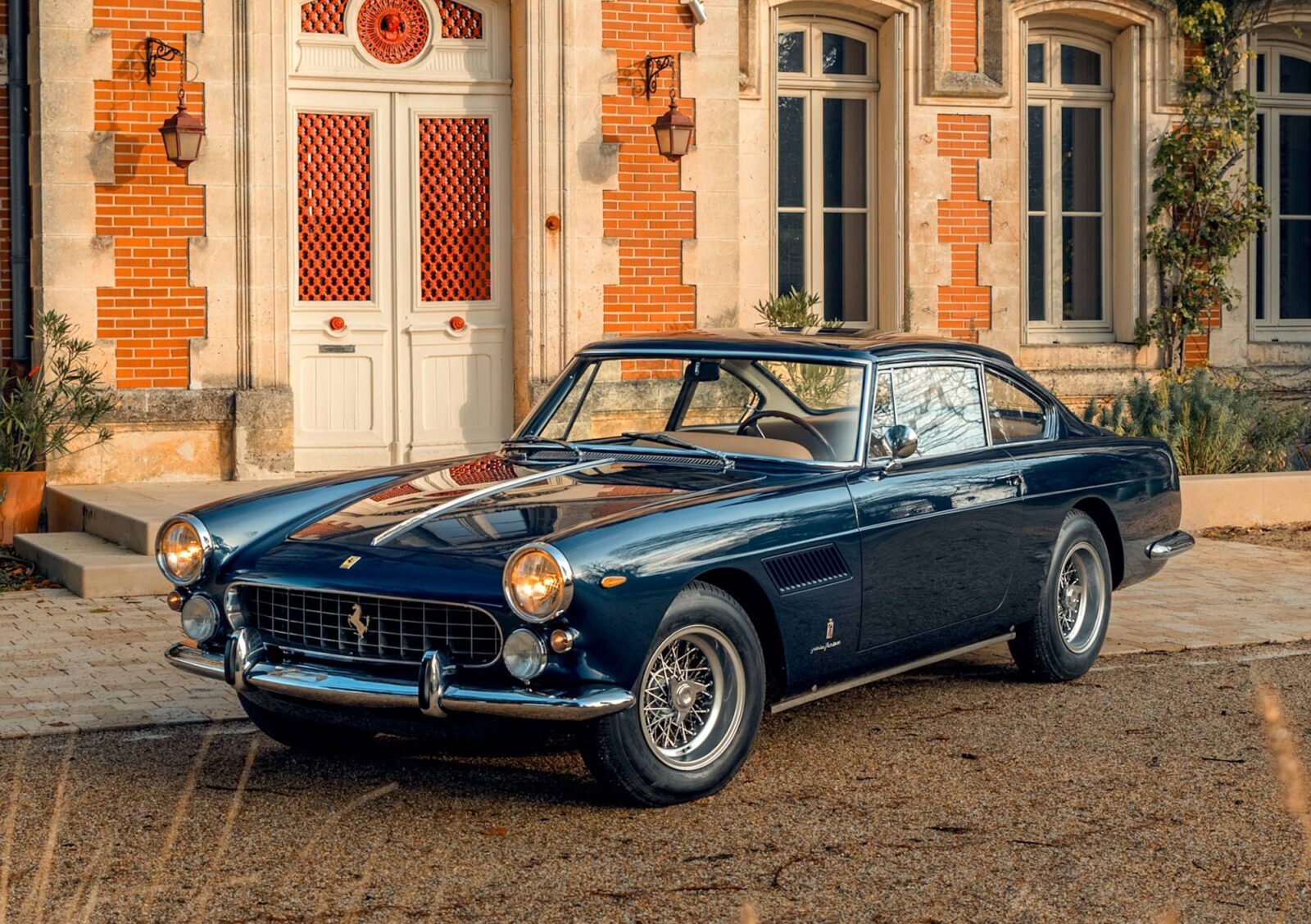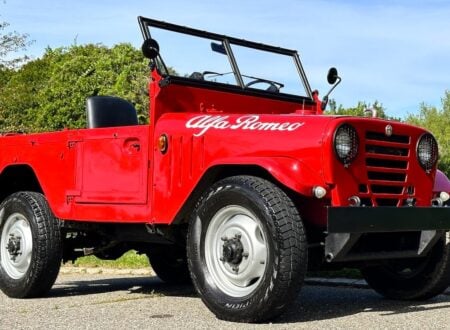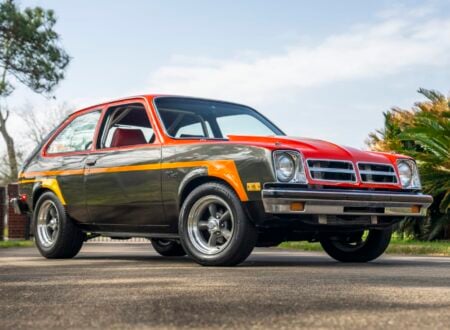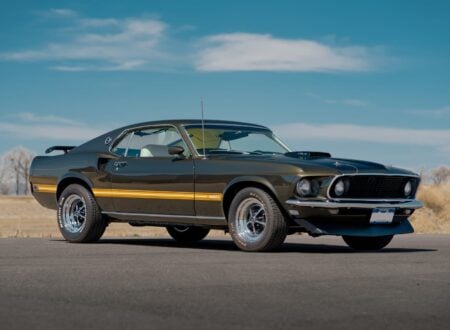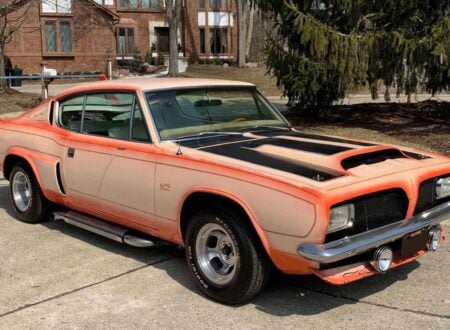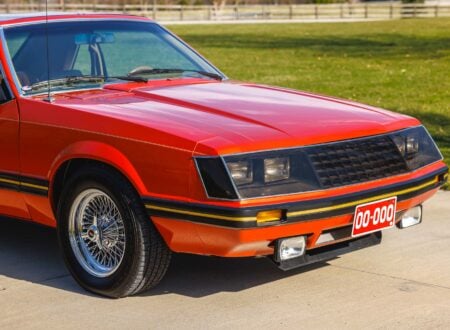This is a 1963 Ferrari 250 GTE that has some rather unusual history, it was bought in the 1980s by the North Italian Racing Team and converted into a race car – they then used it to compete in the Targa Florio Classica and the Coppa del Appennino.
Relatively few 250 GTEs were used in motorsport, though one famous example was the safety car at the 24 Hours of Le Mans. The 2+2 GTE has been credited with saving Ferrari in the 1960s as it sold in vast numbers, helping keep the company afloat and fund their racing activities. It earned the nickname the “Gentleman’s Express” as it was both fast and dignified.
Fast Facts – The Ferrari 250 GTE
- The Ferrari 250 GTE was developed as a grand touring car and introduced at the 1960 Paris Motor Show. It was a major shift for Ferrari, adding a more spacious 2+2 coupe to their lineup traditionally known for high-performance sports and racing cars.
- The 250 GTE opened up a new market for Ferrari, appealing to a broader audience seeking luxury and performance but also rear seats for children and occasional adult passengers. It became popular among the elite and celebrities, with almost 1,000 sold over the production run.
- The high sales figures of the 250 GTE were of critical importance to Ferrari at the time, it helped keep the company solvent and provided funding for their global racing endeavors. The 250 GTE would be the first mass-produced Ferrari intended as a family touring car.
- The 1963 Ferrari 250 GTE you see here is a Series III model, it was converted into a race car by the North Italian Racing Team in the 1980s and it competed at the Targa Florio Classica and the Coppa del Appennino. It’s now been converted back to its original specification, and it’s being offered for sale.
The “Practical” Ferrari
As the story goes, the Ferrari 250 GTE was developed at the request of Enzo Ferrari himself, who needed a car to carry himself, his driver, his wife, and their beloved pet dog. At that time the eponymous automaker only made two-seaters, almost all of which were intended for racing or (at the very least) spirited driving.
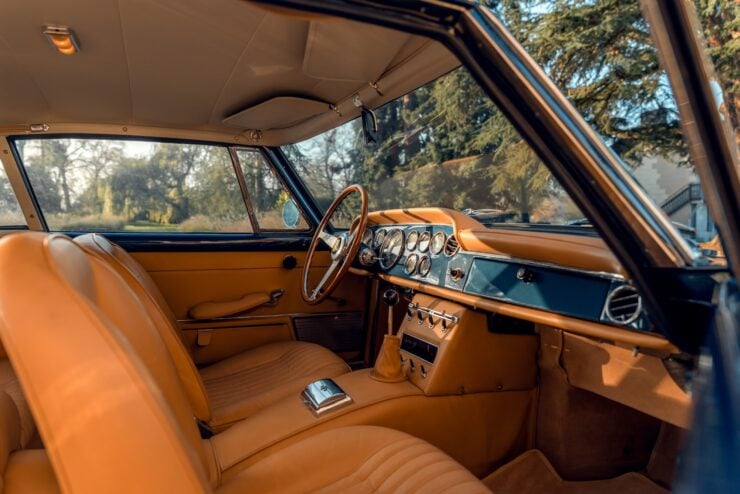

Whether this story is actually true or not isn’t known, it’s been repeated so many times no one is sure exactly where it came from, but it’s a great story and it may very well be true. Regardless of why it was developed, the Pininfarina-designed 250 GTE would become one of the most important Ferraris of the 1960s.
The importance of the GTE wasn’t related to race wins and glittering victories on the world stage, but for its sheer sales volume. Almost 1,000 examples of the model would be made across its production run, far out-selling any Ferrari that had come before and bringing it a stream of vitally needed funds for the company.
The lessons learned from the 250 GTE would stand Ferrari in good stead, they would keep four-seat models in production in an almost unbroken stream right the way through to the modern day.
It would be these cars that would help fill the company’s coffers and the latest example, the Ferrari Purosangue, would take it one further – it’s a large all-wheel drive SUV with seating for five, ample luggage space, and it’s expected to be a best-seller.
The Ferrari 250 GTE
The Ferrari 250 GTE was based on the pre-existing Ferrari 250 platform, also used by major luminaries like the 250 GTO and 250 GT SWB. Power was provided by a 3.0 version of the Colombo V12 mated to a 4-speed manual transmission, this engine and transmission were moved forward on the chassis slightly to give the car more interior space.
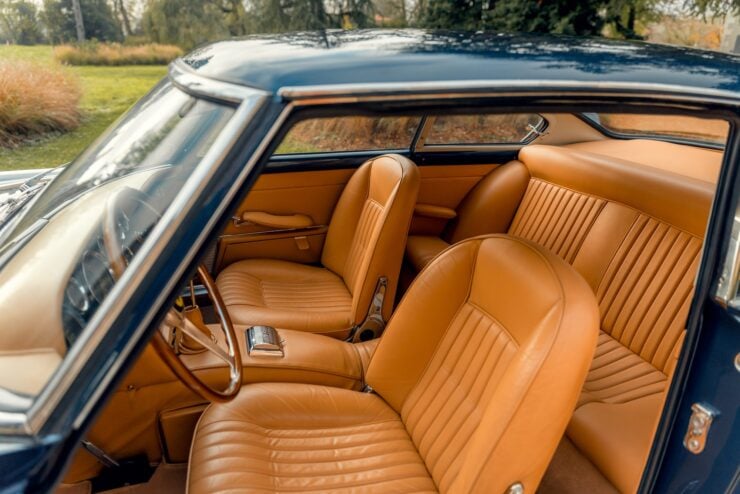

The wheelbase would remain the same as the 250 GT Coupé and Cabriolet, the body was 300 mm longer and 60 mm wider – the weight gain was just 80 kilograms (176 lbs) over the two-seat coupe. The car was given disc brakes on all four wheels, an unusually modern choice for the era that often still favored rear drums, and it rode on independent front suspension with a live axle rear end.
The 3.0 liter V12 was good for 240 bhp at 7,000 rpm, a significant figure for the time that made it one of the fastest four-seat production cars that money could buy. Inside you would find a luxurious and well-designed interior offering comfortable front seats, smaller rear seats for children or adults on short journeys, and ample trunk space.
Although it was less sporting than its Ferrari stablemates the sales figures must have been astounding to Ferrari accountants at the time who were used to models selling in the dozens, maybe the low hundreds. Almost 1,000 examples of the 250 GTE would be sold over the production run that started in 1959 and ended in 1963 when it was replaced with the very similar Ferrari 330 America, and then by the 330 GT 2+2.
A Retired Racer: The Ferrari 250 GTE Shown Here
The car you see here is a Ferrari 250 GTE from the final year of production, 1963. As such it’s a Series III car, and it still has its original matching-numbers engine – this is less common in ex-race cars as engines were frequently blown and replaced.
It left the factory wearing Blu Sera with a Beige Connolly leather interior, a color combination that works exceptionally well on Ferraris of this era. It was owned by a small number of people before it was acquired by the North Italian Racing Team and converted into a race car in 1986.
The GTE is an unusual choice for racing, it’s generally less competitive than its other 250 GT siblings, but there was a long period where secondhand GTEs were quite cheap, and this may have been a factor.


The North Italian Racing Team competed in this car at the Targa Florio Classica and the Coppa del Appennino after having painted it red and taking the time to fit a roll bar. A later owner would have the car restored back to its original factory specification, and this is how it remains today.
The car is now due to roll across the auction block with RM Sotheby’s on the 31st of January in Paris with a price guide of €350,000 – €450,000 or approximately $380,000 – $490,000 USD. If you’d like to read more about it or register to bid you can visit the listing here.
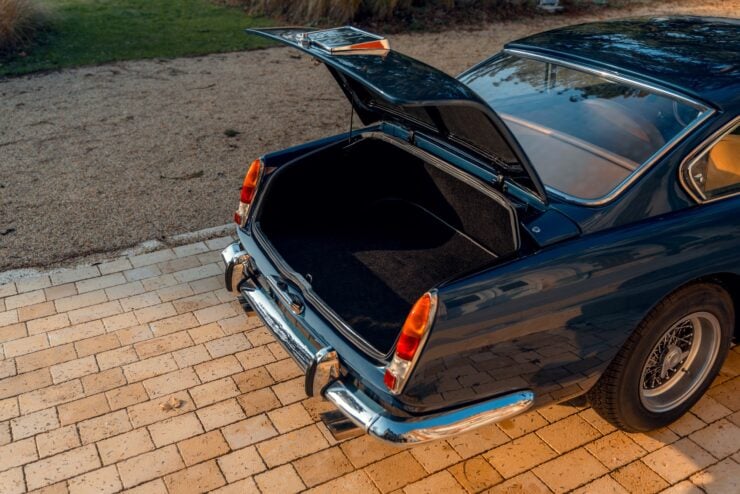
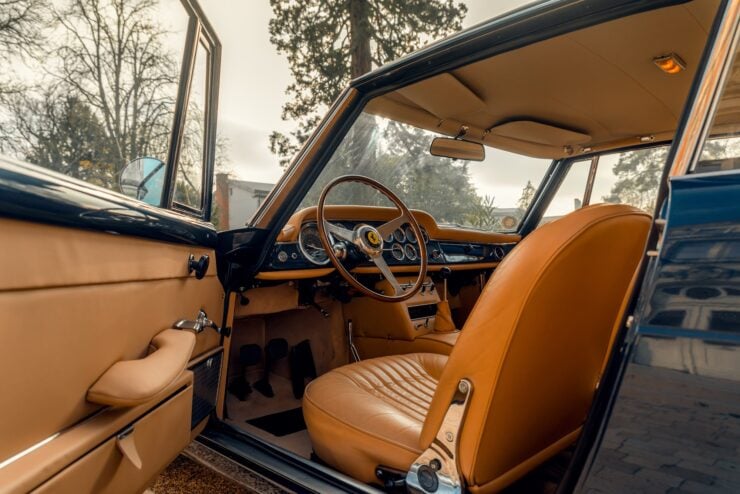
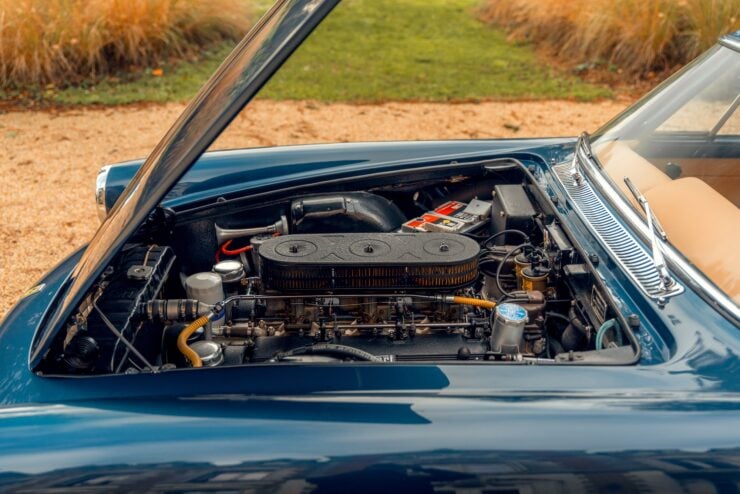
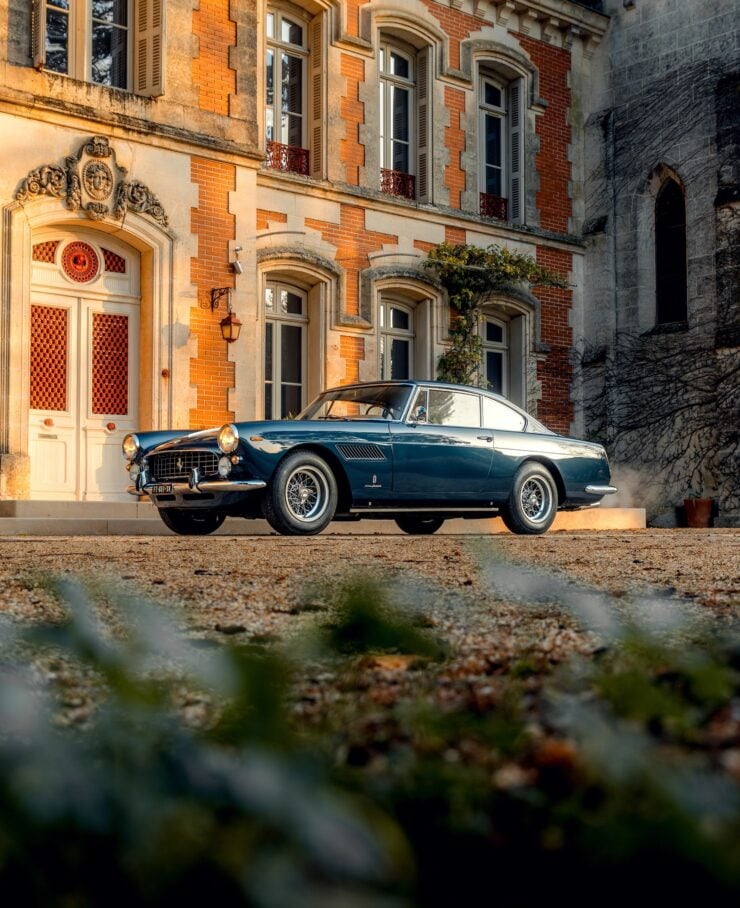
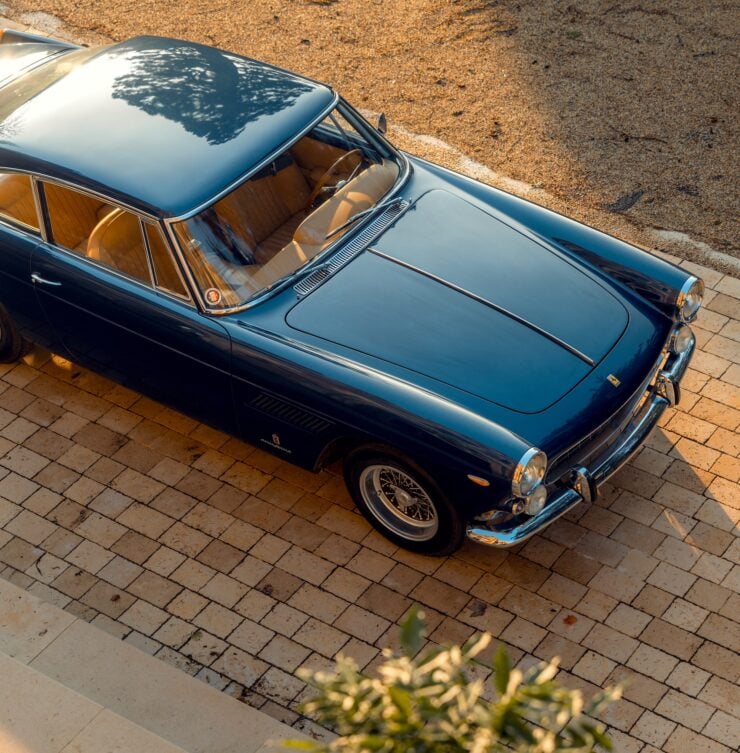
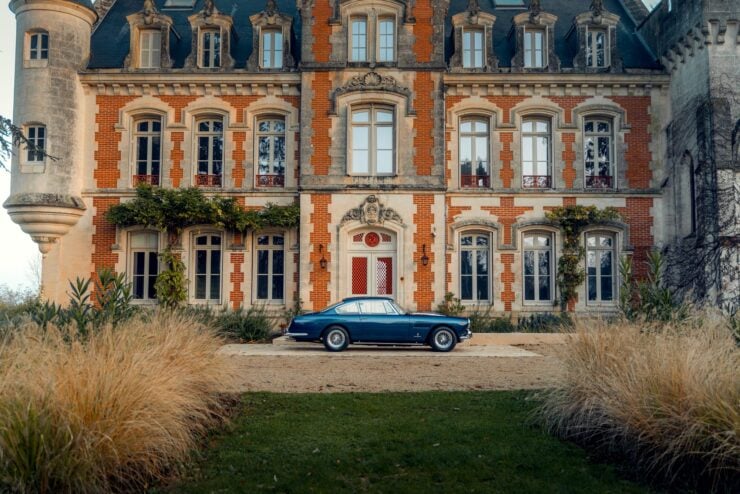
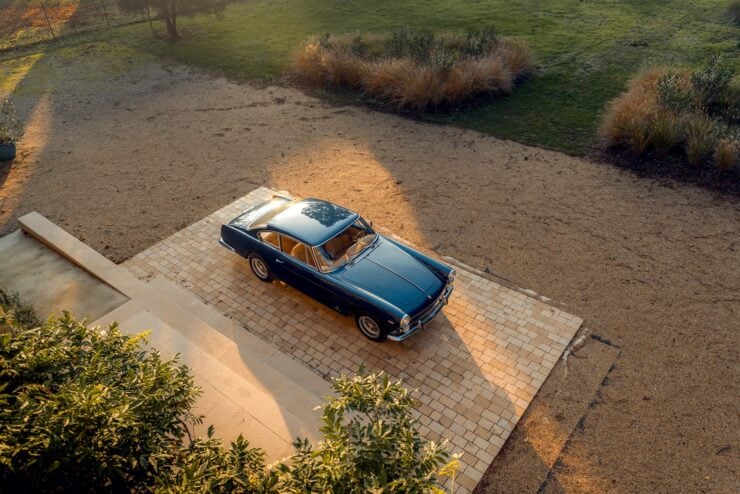
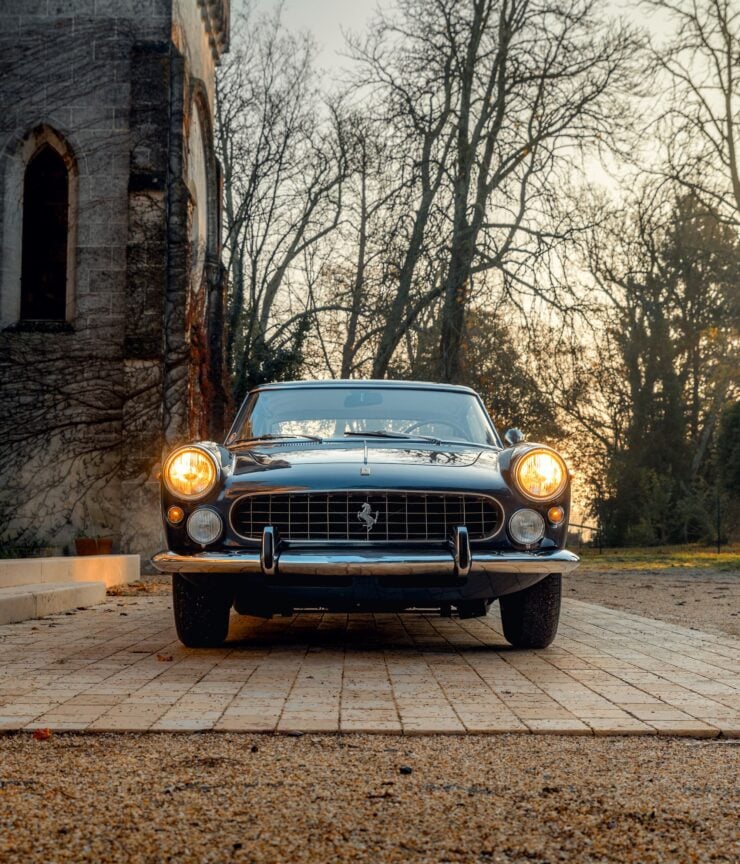
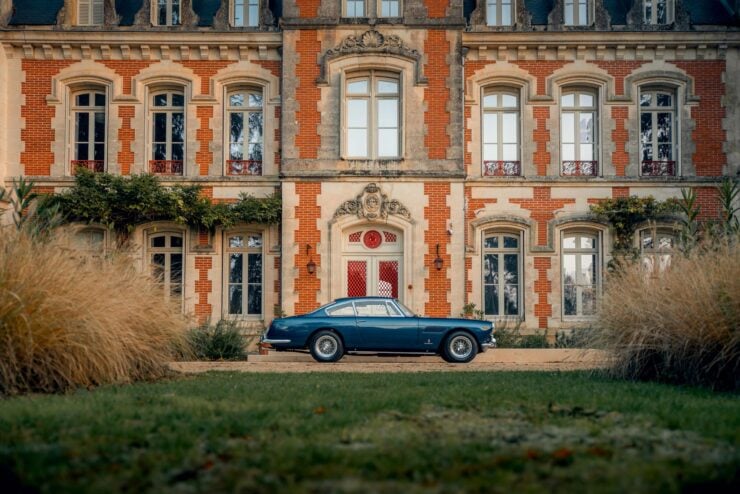
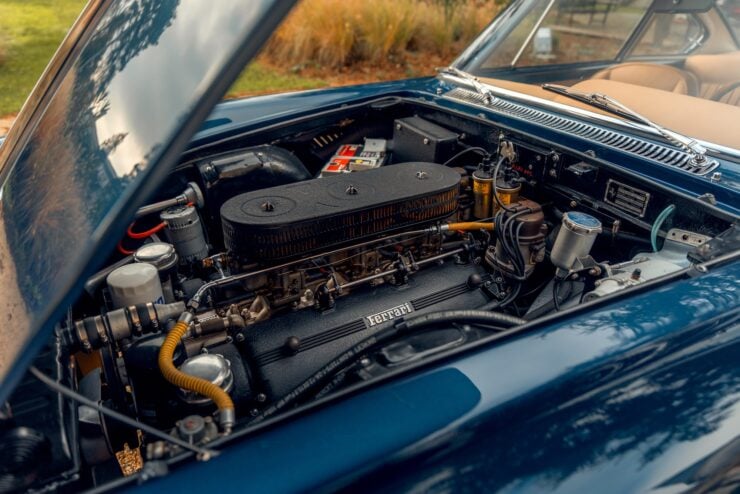
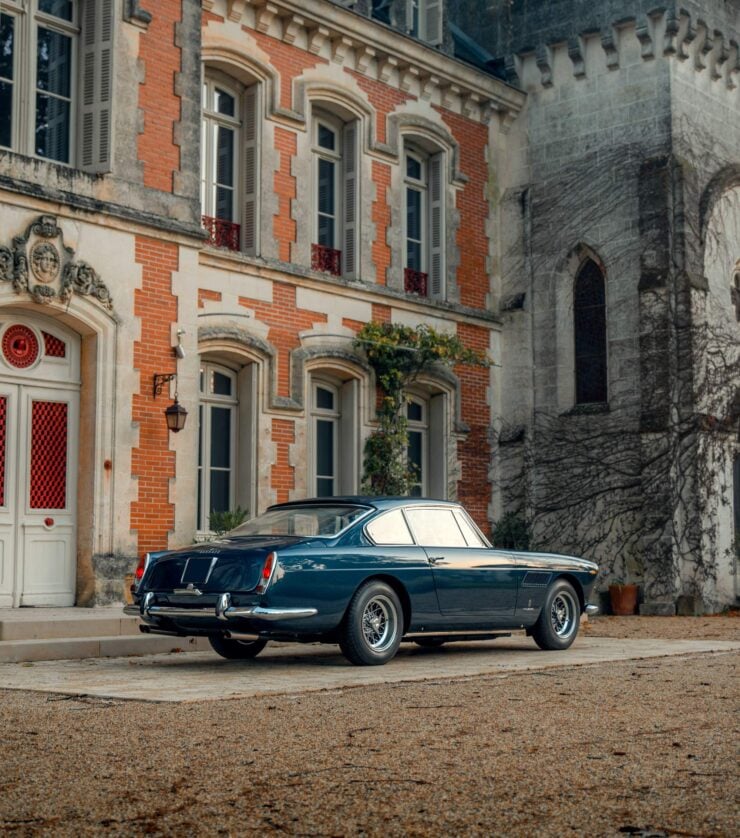
Images: Simon Gosselin ©2023 Courtesy of RM Sotheby’s

